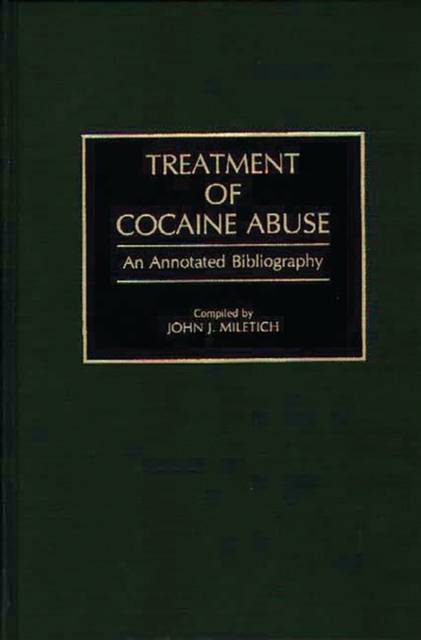
- Afhalen na 1 uur in een winkel met voorraad
- Gratis thuislevering in België vanaf € 30
- Ruim aanbod met 7 miljoen producten
- Afhalen na 1 uur in een winkel met voorraad
- Gratis thuislevering in België vanaf € 30
- Ruim aanbod met 7 miljoen producten
Omschrijving
Cocaine has been a socio-medical problem for centuries. In the United States, the first cocaine epidemic occurred between the 1880s and the 1920s. In the 1960s shortages of heroin as well as government programs to stop the smuggling of marijuana may have stimulated the use of cocaine as a substitute. With the development of crack, cocaine became available at a price that made it accessible to virtually anyone. Today, the long-term effects of crack are just beginning to be felt, especially among children born of users. Treatment of cocaine abuse has traditionally been non-pharmacological, although beginning with the 1980s, various drugs have been used to decrease cocaine craving.
This bibliography contains more than 600 references, spanning a century of research and writing. Source publications, all of which are annotated, include books, articles, conference proceedings, dissertations, and government publications. The material is organized within four subject-oriented chapters, and alphabetically within each chapter. Author and subject indexes provide additional access. In addition, Miletich includes appendixes on common names for cocaine, videocassettes about the drug, and a timeline. The work will be of value to researchers as well as social workers, psychologists, and others working in the substance abuse field.Specificaties
Betrokkenen
- Auteur(s):
- Uitgeverij:
Inhoud
- Aantal bladzijden:
- 256
- Taal:
- Engels
- Reeks:
Eigenschappen
- Productcode (EAN):
- 9780313278396
- Verschijningsdatum:
- 19/03/1992
- Uitvoering:
- Hardcover
- Formaat:
- Genaaid
- Afmetingen:
- 163 mm x 244 mm
- Gewicht:
- 589 g

Alleen bij Standaard Boekhandel
Beoordelingen
We publiceren alleen reviews die voldoen aan de voorwaarden voor reviews. Bekijk onze voorwaarden voor reviews.











